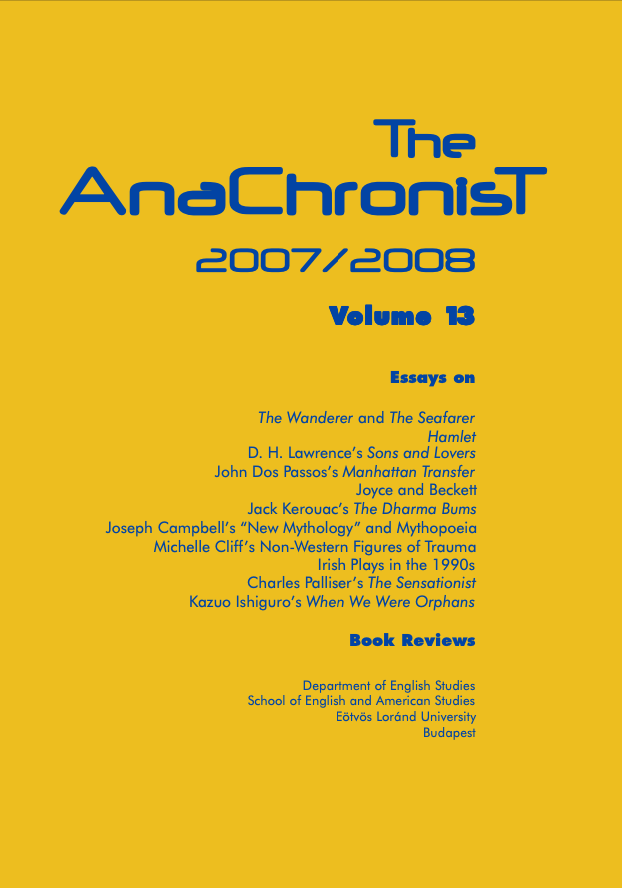Revisiting Modernism and the Myth of the Descent to the Underworld
The Fin-de-siècle Hell of Indifference and Fragmentation in Charles Palliser's The Sensationist
DOI:
https://doi.org/10.53720/QYQE9042Abstract
This paper approaches Charles Palliser's The Sensationist (1991) in the light of one of the myths most frequently found in modernist art and literature: the descent to the underworld. It argues that The Sensationist also resorts to the myth of the descent to hell, but it does so in a way that the final result can be regarded as an altered version of what Evans Lansing Smith has called the sequence "rape-revelation." Likewise, the novel's form is analyzed - with its alternation between homodiegetic and heterodiegetic narration - as illustrating an evolution which has left the once coherent ego further and further behind, moving from wholeness to alienation and then to fragmentation; that is to say, from unity to disintegration. The analysis concludes by briefly connecting the overall picture that emerges from The Sensationist with what Gilles Lipovetsky refers to as Narcissistic culture in the age of the void, which coincides with the cultural paradigm Palliser fictionally recreates in his second novel.

